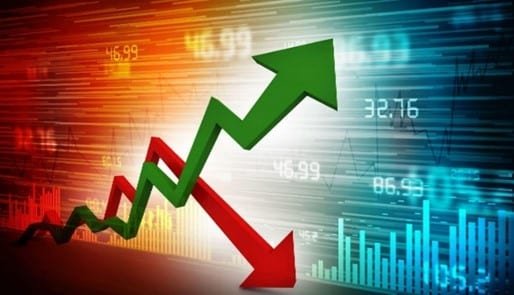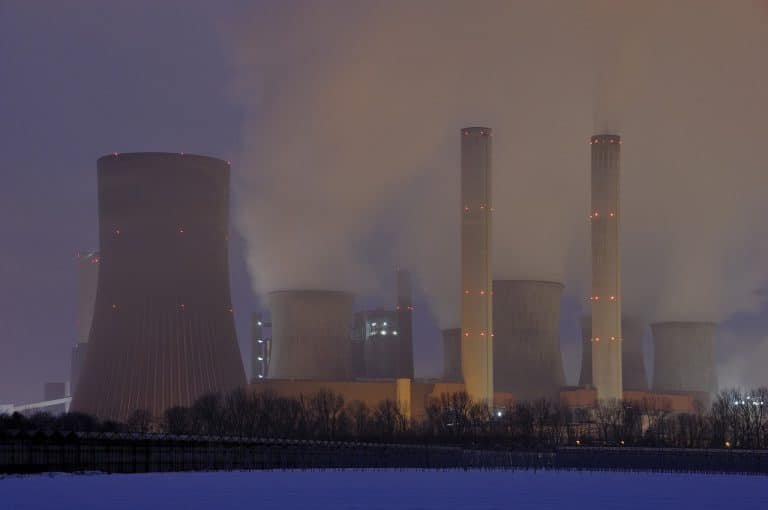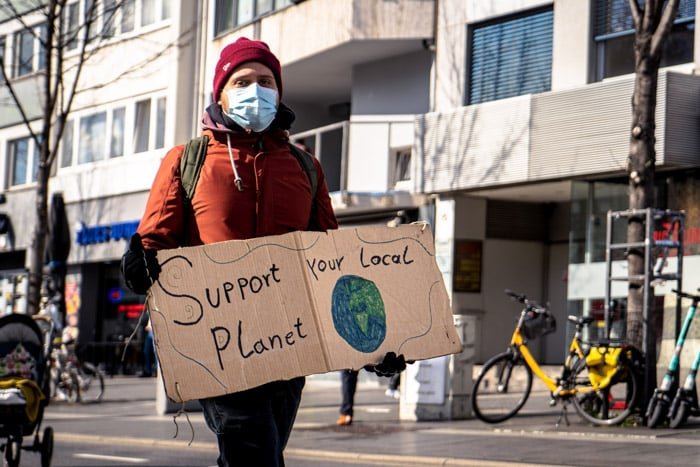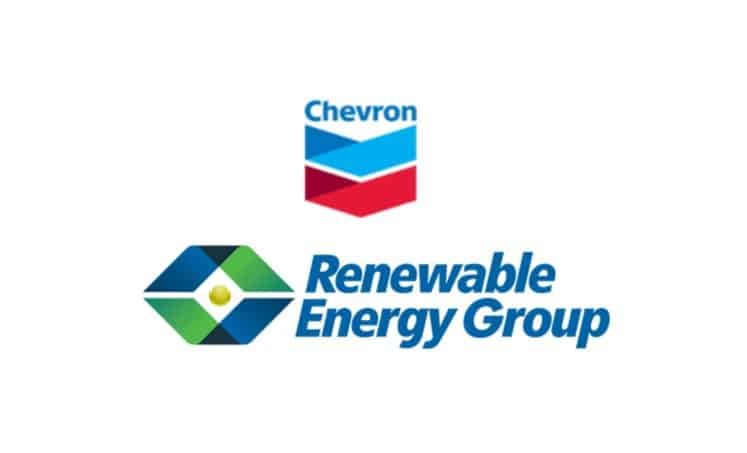Net-zero carbon beef may be coming to a store near you!
According to Silver Fern Farms, cuts will be available in New York and Los Angeles this month. They include Angus rib-eye, New York strip steaks, Ground beef, and other cuts.
This is a part of Silver Fern Farm’s “Net Carbon Zero by Nature” product line. They expect the beef line to be complete by 2030.
To meet its net-zero goal, Silver Fern Farms is using carbon credits.
“Taking care of our emissions is our responsibility, no one else’s,” says Silver Fern Farms CEO Simon Limmer. “We are not outsourcing our emissions.”
“Rather, we are recognizing and incentivizing our farmers for their efforts to create farm environments that are better able to capture carbon, increase biodiversity, and support nature positive food production.”
How do carbon credits work?
One carbon credit is equal to one metric ton of carbon. This metric ton of carbon is then “offset” through an environmental project.
Many different projects qualify for carbon credits. Reforestation, improved agriculture practices, crop rotation, and renewable energy are just a few of the most popular.
In this case, Silver Fern Farms has its farmers capture carbon through vegetation.
Limmer went on to say, “Through our Net Carbon Zero program, we are connecting our hardworking farmers with customers who want to support them to plant, restore, and regenerate vegetation to increase the amount of carbon their farms can naturally remove from the atmosphere. ”
“Down here in New Zealand, we believe we could just have the kinds of farms the world is waiting for,” says Limmer.
“We look forward to sharing Net Carbon Zero by Nature with our customers and taking another step together towards a positive nature future.”
Currently, Silver Fern Farms is New Zealand’s largest red meat producer. They export to 60 countries.










